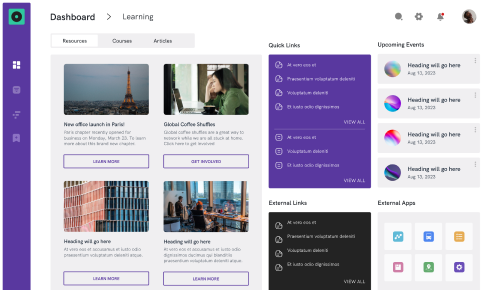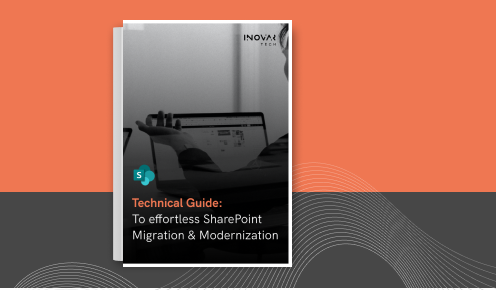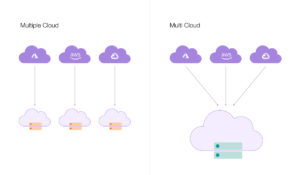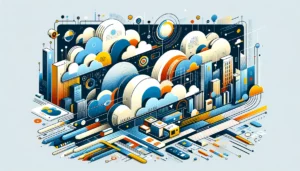Serverless Cloud Computing
 By Sobha Rani
By Sobha Rani
 9th March, 2022
9th March, 2022
Cloud Scalability
Cloud Functions
Serverless Computing
Serverless Security
Serverless Computing
Serverless computing is a cloud computing architecture model in which the cloud service provider allocates hardware resources on a need basis. The cloud service providers own the physical server installation setup, management, and maintenance. The service provider allocates server resources only during execution and is free during idle time or when the application is not in use. The end-users or the customers pay for what they use to these service providers. The end-users using these server services need not worry about the backend infrastructure capacity or maintenance.
Serverless Computing offerings
There are several reasons to adopt Serverless computing over the conventional cloud-based or server-centric data centers or cloud computing. Serverless computing architecture is flexible and economical. It offers greater scalability and a short turn-around time to release. Organizations save cost and time in planning infrastructure space, purchasing hardware, installation, and maintenance of servers.
Advantages of Serverless Computing
No server management
Since the vendor manages the physical server’s planning, installation, organizations, or developers need not worry about the physical server’s maintenance or DevOps. The labor and logistic costs are saved, and the organizations can re-invest them in opportunities that are productive or areas that give returns.
Scalability
Serverless computing can scale automatically as per demand or usage increases. If a function needs to be run in multiple instances, the service provider’s servers will start, run, and end them as they are needed, using the concept of containers.
Pay-as-you-go
Code only runs when backend functions are needed by the serverless application, and the code automatically scales up as needed. There are server services that can track finer, and smaller details or timings of the server used and provide better and more accurate expenses. This results in heavy savings compared to the conventional server system where organizations must bear operational expenses of servers irrespective of their usage.
Performance for continuously running code
If an application is using code regularly, then the performance will be the same on a serverless environment compared to a traditional server environment, irrespective of the number of instances being run in parallel. If the code is continuously running it might need a short cycle to start called the “warm start”.
Reduced latency
Since the code and application are hosted on an origin server, the code can be run from anywhere and very close to the origin server, thus decreasing the latency.
Faster deployment and easy updates
In a serverless environment, since the code is maintained in the cloud, developers can quickly and easily update their code to develop and release newer versions of the application. Developers can choose to upload the code either one function at a time or all at once because the application is typically a collection of functions provisioned by the service provider.
This helps in applying and releasing the patches or updates with bug fixes or new features quite fast.
Disadvantages of serverless computing
Security concerns
“Multitenancy” – means sharing the same infrastructure with multiple and independent end-users like sharing HW resources in serverless computing. So, in a serverless environment, during the sharing of resources across different end-users, if the multi-tenant servers are not configured properly, it can result in potential security breaches and data theft or misuse. But if configured and maintained correctly, through proper vetting it can reap benefits.
Costly for long-running processes
If the applications are designed to run for long durations, then sometimes the cost using serverless compute, may overwhelm compared to using traditional server services. So, the benefits of serverless computing would be trimmed to applications meant to run for short durations.
Challenges in testing and debugging
It is challenging to simulate a serverless environment to experience how the code will execute once deployed. And with no access to the backend processes or the application is broken into smaller functions, sometimes developers may find it hard to test or debug the issues.
Performance degrades for irregular runs
There may be cases where the serverless code may not be constantly running in which case, to boot up and start the code, might take considerable time, and impact the performance. This is called a “cold start”.
Single vendor dependency
Cloud service provider selection should be depending on the more open and generic APIs that the features and workflows offer, giving us an option for easy switching to other vendors if need be. Sticking to one serverless cloud service provider can often be risky for unforeseen circumstances.
When do you need a serverless architecture?
Serverless architecture is most preferred for developers if:
1. They want to reduce their go-to-market time.
2. Build lightweight and flexible applications.
3. Apps need to be scalable or updated frequently and quickly.
4. Apps have inconsistent usage, peak periods, or traffic.
5. App functions need to be closer to the end-user to reduce latency.
When should you avoid using a serverless architecture?
Large applications running for longer durations or having consistent and predictable workloads may better be benefitted from a traditional server compared to a serverless architecture both in terms of cost and architecture.
Inovar implements Serverless Cloud Computing
Achieving business goals with a collaborative approach and tailoring the use of apt cloud computing technology infrastructure is very important.
We provided many of our customers with better infrastructure, ensured effortless and uninterrupted operations. We delivered all the features that would help find information for the SMEs and enable them with the right guidance. For many of our clients, we have digitalized the entire process with end-to-end workflow applications. Inovar helped a few clients to deploy a hybrid cloud solution for data security and access control and boosted processes with serverless engines.
We ensured that the client’s services are met and addressed to the business needs with improved user experience and substantial cost savings. If you are looking for services with the best-in-class infrastructure and leaders who ensure strategy lives for ages, reach out to us.




























